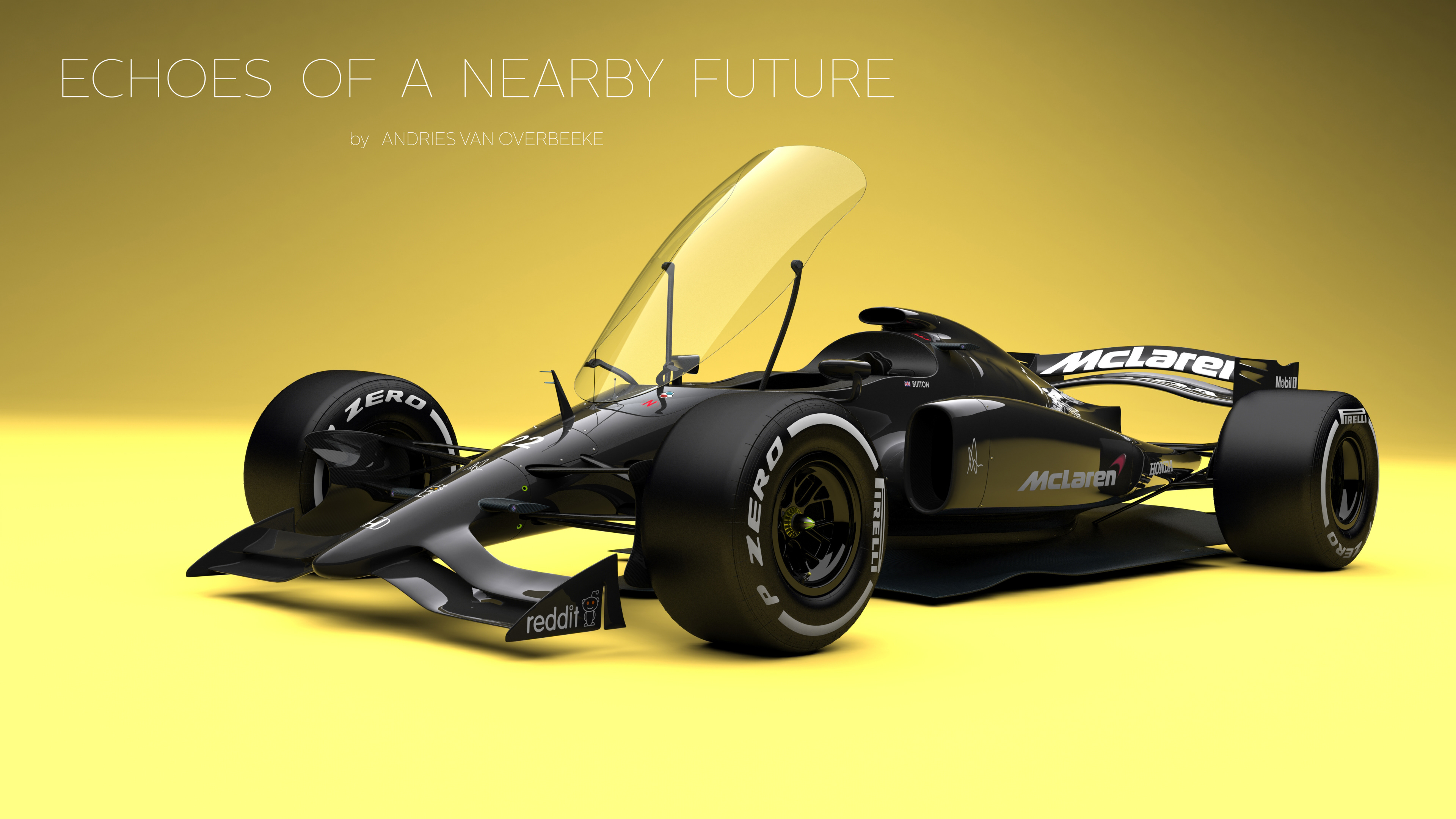Why would a racing car not have a closed cockpit? They do not have closed cockpits in F1 but most other racing cars now have cockpits although admittedly, closed cockpits were not used initially in the sport. It is also true that closed cockpits or closed driving interiors were part of the eventual evolution of safety in design in automotive engineering but this closed interior was not seen in the early seminal design and construction of automobiles. Seat belts arrived later in the eventual evolution of safety on design.
By Automotive Television(TM).
May 31st, 2024.
Why would a racing car not have a closed cockpit? They do not have closed cockpits in F1 but most other racing cars now have cockpits although admittedly, closed cockpits were not used initially in the sport. It is also true that closed cockpits or closed driving interiors were part of the eventual evolution of safety in design in automotive engineering but this closed interior was not seen in the early seminal design and construction of automobiles. Seat belts arrived later in the eventual evolution of safety on design.
If you ask why F1 cars do not have closed cockpits, this is what you might here in response:
"F1 cars don't have closed cockpits as the open-wheel nature of the sport is one of the reasons it's so famous. F1 tries to stick as close to tradition as they possibly can, and using closed cockpits would stray too far from the open-wheel DNA of Formula 1, which is an important part of the sport."
The F1 cars of the current era look like this with a safety bar but no windshield. This bar is called a Halo:
But, there is a proposed design from many racing teams to have a closed cockpit in the current rules.
Other notable automotive races such as the Le Mans series added closed cockpits in the last 20 years so it is a relatively recent addition to the experience. the drivers are people; not machines and they should be able to enjoy the sport and also survive safely their competitive pursuits. Porsche won with its closed prototype in 1970 and the Group C races in the 1980's imposed a closed cockpit prototype design in the 1980's. Audi won with its first closed cockpit in 1999.
Here is a note from Le mans on the issue of closed vs. open cockpit prototypes.
Prototypes of the 24 Hours of Le Mans are still required to be
(notionally) two seaters, something that dates back to 1923, when the race was
originally named "Grand Prix of Endurance," it was designed to test
the strength of sports touring cars. This still applies today in GT classes,
but they now have to be closed. The 'open or closed' choice is set aside for
prototypes.
If we look at the history
of the 24 Hours of Le Mans since 1970, after the first success of Porsche, the
current record holder for victories, we find that twenty editions were won by
closed prototypes, including the time of Group C technical regulations of the
80s, which imposed this configuration, among others with Jaguar, Sauber
Mercedes, Peugeot, and Porsche once again with the 956. But Audi changed the
situation in the late 90s.
In its first appearance at
Le Mans in 1999, the German manufacturer conducted a twin technical programme
with two open cars, the R8R (R for Roadster) and two closed R8C (C for Coupé).
The third and fourth place finishes for the R8R tipped the balance toward an
open configuration which together with the R8, R10 TDI and R15 TDI, gave Audi
nine of eleven victories in La Sarthe. But for the top prototype class, LM P1,
the performance of the Peugeot 908 HDi FAP have tipped the balance, especially
in terms of aerodynamic efficiency. Audi has finally went this route with the
R18, winner in 2011 and 2012.
That said, besides the Audi
era, other open prototypes have entered the history books at the 24 Hours of Le
Mans since 1970, including Matra (1972-73-74) Gulf Mirage (1975), TWR (
1996-97), BMW (1999) and Porsche with the 936 (1976-77-81). In 2013, Honda will
be something of an exception: the HPD ARX-03a of the English team Strakka
racing, will be the only open LM P1 prototype on the grid of the 90th
anniversary edition, facing Audi, Toyota and Rebellion Racing Lola. This is all
now history. The rule is that the cars must be closed now.
Prototypes of the 24 Hours
of Le Mans are still required to be (notionally) two seaters, something that
dates back to 1923, when the race was originally named "Grand Prix of
Endurance," it was designed to test the strength of sports touring cars.
This still applies today in GT classes, but they now have to be closed. The
'open or closed' choice is set aside for prototypes.
It looks like a closed cockpit is part of the general evolution of the safety of the vehicle; all vehicles in General.
A closed cockpit is the AI prediction also of what changes the cars will manifest in the future.
Automotive Television(TM); edited by Warren A. Lyon, Journalist.







.jpeg)
Comments
Post a Comment